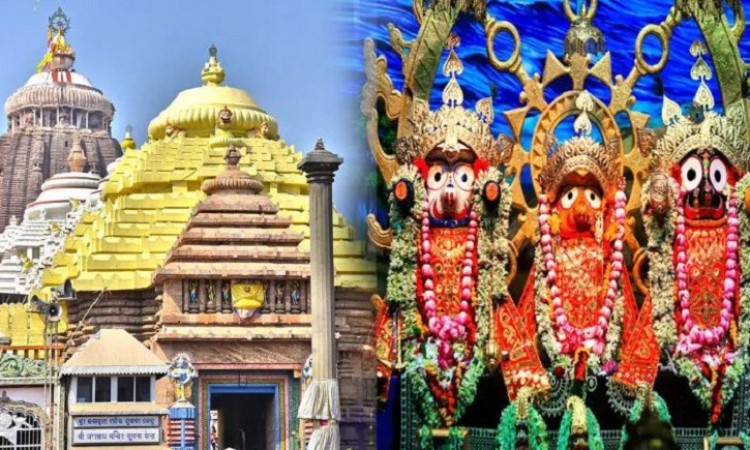
The Jagannath Puri Rath Yatra is a grand festival held annually in the sacred city of Puri, located in the eastern state of Odisha, India. One of the holiest celebrations in Odisha, Jagannath Puri Rath Yatra, is set to commence on June 20 this year. It is one of the most significant religious events in the country, attracting millions of devotees from all over the world. The Rath Yatra, also known as the Chariot Festival, is dedicated to Lord Jagannath, an incarnation of Lord Vishnu, and celebrates his journey from the Jagannath Temple to the Gundicha Temple.
The history of the Jagannath Puri Rath Yatra dates back several centuries. According to Hindu mythology, Lord Jagannath, along with his elder brother Lord Balabhadra and sister Devi Subhadra, embark on a spiritual journey to their aunt's house, the Gundicha Temple, in specially designed chariots. This symbolic journey represents the divine sibling's visit to their maternal aunt's home and is filled with deep religious significance for the devotees.
Preparations for the Rath Yatra begin months in advance. Skilled artisans and craftsmen meticulously construct three gigantic wooden chariots known as Rathas. The chariots are beautifully adorned with vibrant colors, intricate designs, and sacred symbols. Each chariot has distinct characteristics: the chariot of Lord Jagannath, known as Nandighosha, is 45 feet high and has 16 wheels, while the chariot of Lord Balabhadra, named Taladhwaja, is 44 feet high with 14 wheels. The chariot of Devi Subhadra, called Darpadalana, is 43 feet high and has 12 wheels. The chariots are constructed anew every year in a ceremonial tradition called "Nabajoubana Darshan."
On the day of the Rath Yatra, devotees gather in huge numbers at the Jagannath Temple complex to witness this majestic event. The deities are ceremonially brought out of the temple and placed on their respective chariots. The presiding priests offer prayers and perform rituals to seek the blessings of the deities before the chariots commence their journey. With the sound of conch shells, drums, and the chanting of hymns, the massive chariots are pulled by thousands of devotees with ropes made of strong jute fibers.
The procession moves slowly through the streets of Puri, accompanied by a sea of devotees who sing devotional songs, dance, and express their deep reverence for the deities. The atmosphere is filled with a sense of joy, spirituality, and devotion. People from all walks of life, irrespective of caste, creed, or nationality, participate in the Rath Yatra, as it is believed that pulling the chariots earns immense spiritual merit and blessings from Lord Jagannath.
The chariots make their way to the Gundicha Temple, which is around two miles away from the Jagannath Temple. Upon reaching the Gundicha Temple, the deities are ceremonially received and placed inside the temple premises. They remain there for a week, during which time devotees have the opportunity to offer their prayers and seek the blessings of the divine siblings.
After the week-long stay at the Gundicha Temple, the deities are taken back to the Jagannath Temple in a return journey known as the Bahuda Yatra. The Bahuda Yatra is a replica of the Rath Yatra but in the reverse direction. It culminates with the deities re-entering the sanctum sanctorum of the Jagannath Temple, marking the end of the festival. The Jagannath Puri Rath Yatra is not only a religious event but also a celebration of unity,